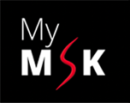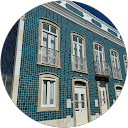Prolotherapy Manchester, UK
Prolotherapy Injections: Regenerative Relief for Chronic Joint & Ligament Pain
Are you dealing with persistent joint or ligament pain that hasn’t improved with rest, physiotherapy, or medication?
At MyMSK Clinic in Manchester, we offer Prolotherapy injections—a non-surgical, regenerative treatment designed to stimulate your body’s natural healing processes. This therapy is particularly effective for conditions like ligament laxity, chronic tendon injuries, and joint instability.
Our experienced clinicians use precise injection techniques to target the affected areas, promoting tissue repair and strengthening over time.
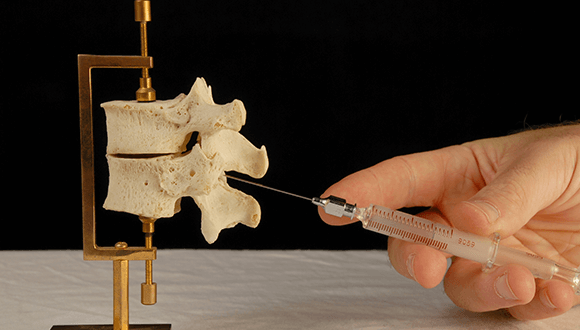

What is Prolotherapy?
Prolotherapy, short for “proliferative therapy,” involves injecting a specially formulated solution—commonly dextrose—into damaged ligaments, tendons, or joints. This injection stimulates the body’s healing response, encouraging the growth of new, healthy tissue and strengthening the affected area.
Unlike treatments that merely mask pain, Prolotherapy addresses the underlying cause by promoting tissue regeneration, making it a valuable option for long-term relief.
Is Prolotherapy Right for You?
Prolotherapy is suitable for individuals experiencing:
- Chronic joint or ligament pain
- Joint instability or weakness
- Tendon or ligament injuries
- Conditions like tennis elbow, plantar fasciitis, or Achilles tendonitis
If you’ve tried other treatments without success, Prolotherapy may offer the regenerative support your body needs to heal.
What to Expect During Your Prolotherapy Treatment
- Consultation & Assessment: Our clinician will evaluate your condition, discuss your medical history, and determine if Prolotherapy is appropriate for you.
- Preparation: The targeted area is cleaned and sterlised, and a local anesthetic may be applied to minimize discomfort.
- Injection: Using precise techniques, the Prolotherapy solution is injected into the affected ligaments or tendons.
- Post-Treatment Care: You’ll receive guidance on post-procedure care to support healing and maximize benefits.
The procedure typically takes less than an hour, and most patients can resume normal activities shortly afterward.
Benefits of Prolotherapy Injection
Prolotherapy offers a range of regenerative benefits for patients dealing with chronic joint, ligament, or tendon pain.
Prolotherapy works with your body’s natural healing response — helping you achieve more lasting, functional improvement.
Here are some of the key benefits:
- Stimulates Natural Tissue Repair
Prolotherapy encourages the body to regenerate and strengthen damaged ligaments, tendons, and joint structures — promoting long-term healing. - Reduces Chronic Pain
By targeting the root cause of instability and inflammation, prolotherapy can lead to a significant reduction in pain over time. - Improves Joint Stability and Function
Ideal for areas with ligament laxity or tendon weakness, prolotherapy helps restore stability, which in turn supports better movement and mobility. - Non-Surgical & Minimally Invasive
No need for incisions, downtime, or general anaesthetic. Prolotherapy is performed in-clinic and typically takes under an hour. - Suitable for a Range of Conditions
From knee osteoarthritis and tennis elbow to SI joint dysfunction and plantar fasciitis — prolotherapy can be applied to many musculoskeletal issues. - Complements Other Treatments
Prolotherapy can be safely combined with physiotherapy, exercise rehab, or other non-surgical treatments to support full recovery.
Why Choose MyMSK Clinic for Prolotherapy?
Experienced Medical Professionals
Our treatments are administered by an experienced MSK specialist Dr Amir Akhtar with expertise in musculoskeletal conditions and regenerative therapies.
Personalised Care Plans
We tailor each treatment plan to your specific needs, ensuring optimal outcomes and patient satisfaction.
State-of-the-Art Facilities
Our Manchester clinic is equipped with modern technology to provide safe and effective treatments in a comfortable environment.
Prolotherapy Injection Cost
At MyMSK Clinic, we believe in transparent pricing:
- Prolotherapy Injection: £320 (some areas require 3 sessions)
This all-inclusive price covers your consultation, the procedure, and post-treatment support.
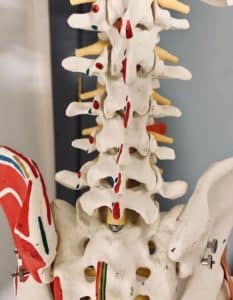
Where to Get Prolotherapy Injections in the UK
You can receive Prolotherapy injections at our Manchester clinic, conveniently located for patients throughout the North West of England.
Prolotherapy – Recovery, Results & Common Concerns
If you’re considering prolotherapy, it’s natural to have questions about what happens after the injection, how many sessions you’ll need, and what kind of results you can expect.
Below, we’ve answered the most common concerns patients have about prolotherapy recovery and outcomes.
Most patients experience mild soreness or stiffness at the injection site, which typically resolves within a few days. You can usually return to light activity shortly after the procedure, though we recommend avoiding high-impact movements for a short time to allow healing.
Prolotherapy doesn’t offer instant relief like cortisone injections — instead, it works gradually by stimulating tissue repair over time. Most patients notice steady improvement in strength and stability over several weeks, particularly after completing a full treatment plan.
The number of prolotherapy sessions needed depends on the severity and location of your condition. On average, 3 to sessions spaced 1-4 weeks apart are recommended for optimal results. Your clinician will tailor the plan to suit your individual healing response.
Prolotherapy is generally considered very safe when performed by trained professionals. Side effects are usually limited to mild post-injection discomfort. Rarely, there may be swelling, bruising, or risk of infection, but these are uncommon when aftercare instructions are followed.
While post-treatment soreness is expected, you should reach out to your clinician if you experience severe pain, prolonged swelling, redness, or signs of infection. Our team is always available to guide you through recovery and answer any concerns you may have.
Dual Certified GP and Osteopath




Our Prolotherapy Reviews
Ready to Begin Your Healing Journey?
Don’t let chronic pain hold you back. Schedule your Prolotherapy consultation at MyMSK Clinic in Manchester today.
📞 Call us: 0333 772 9655
📧 Email: admin@mymskclinic.co.uk
🗓️ Book Online: Schedule Your Appointment
Experience the benefits of regenerative therapy and take the first step toward lasting relief.
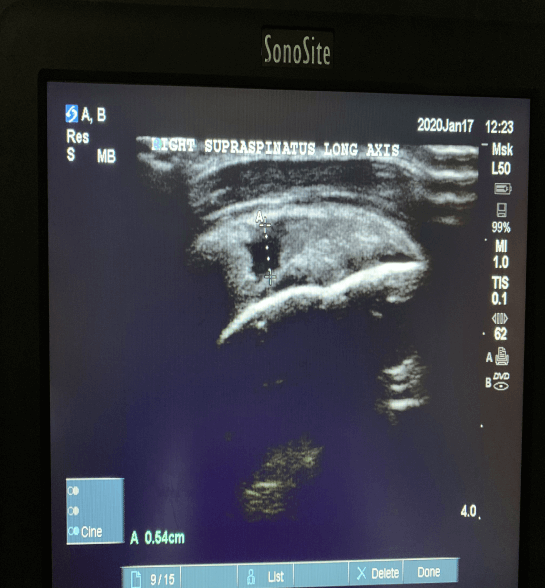
Interested in Prolotherapy?
Book in for Prolotherapy now at MyMSK Clinic on 0333 772 9655
Contact us
We’d love to hear from you!
Just reach out and contact us via any of
these channels:

Call us on

Email us on

Call us on

